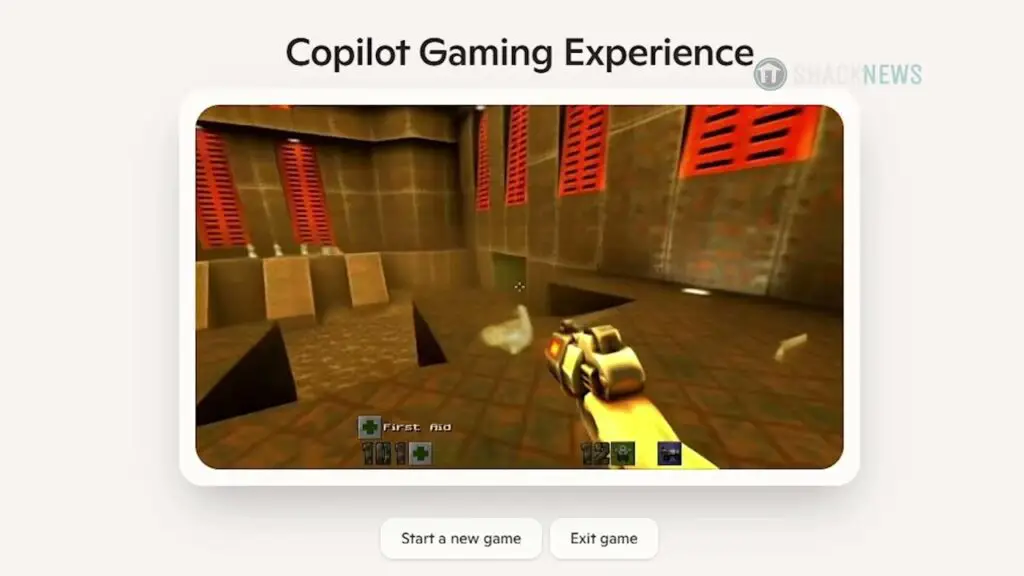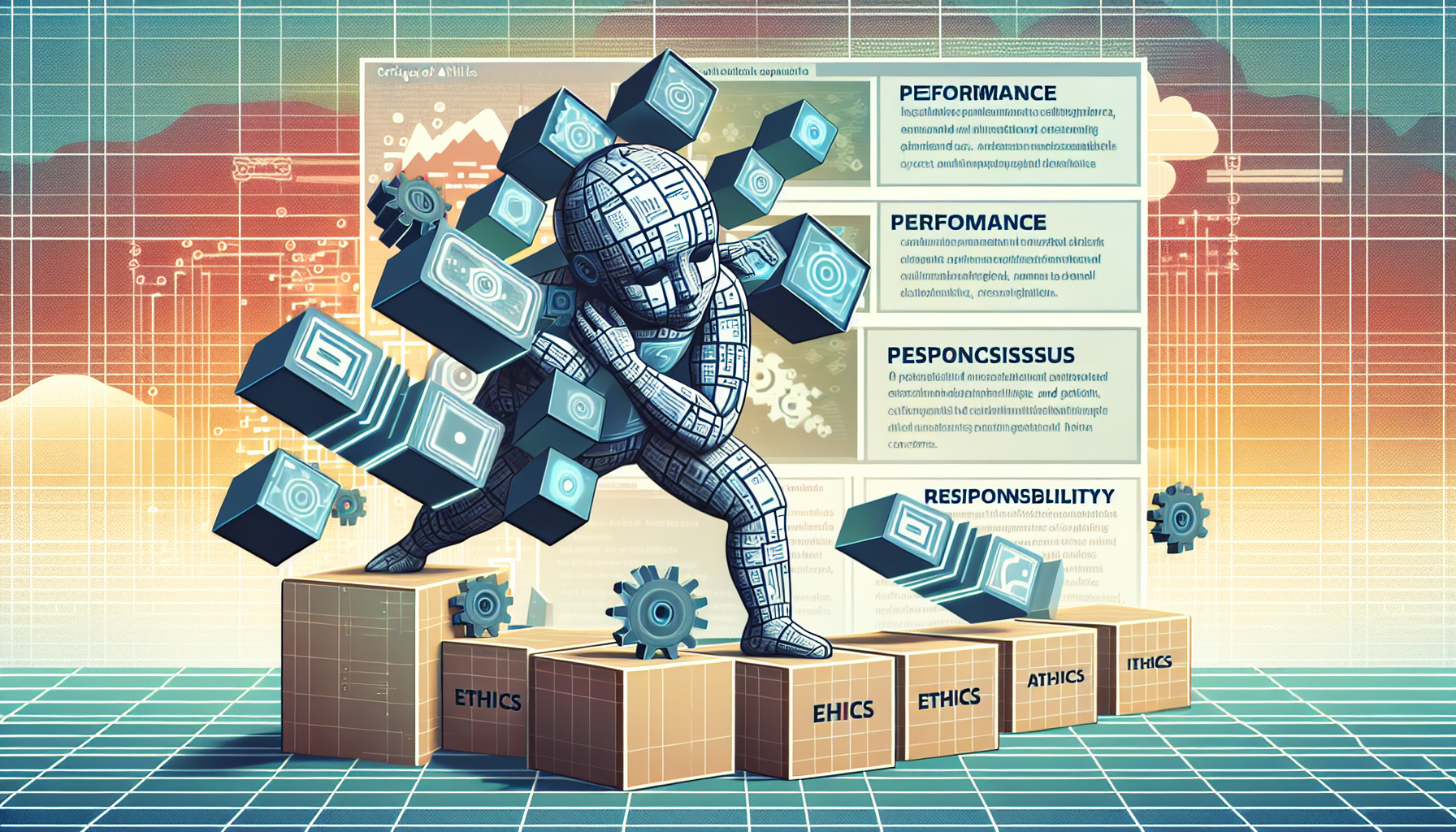Remember Google’s early foray into game streaming? Before the less-than-successful Stadia, they impressed many by showcasing Assassin’s Creed: Odyssey running smoothly in a browser, a feat that felt like magic on modest hardware. Fast forward to today, and Microsoft’s recent AI Copilot research demo inspired by Quake 2 offers a stark contrast. Despite representing advanced AI research, the experience feels underwhelming. As tech enthusiasts navigating the rapid advancements showcased on Digital Tech Explorer, this disparity prompts critical consideration: what justifies the immense capital, energy, and talent invested in creating not a functional game, but a faint, low-quality echo of one from decades past? The mismatch between resource consumption and output quality is significant, particularly when the resulting experience proves genuinely uncomfortable.

The WHAM AI Model Explained
At the heart of this Microsoft AI gaming experiment lies the “World and Human Action Model” (WHAM). Detailed in Microsoft’s research published in Nature, WHAM is described as a generative AI model engineered to dynamically create gameplay visuals and simulate player interactions in real time. Conceptually, it seems to echo the principles behind large language models and image generators, but its training is specifically focused on recorded Quake 2 gameplay footage and corresponding inputs. It’s crucial to understand this demo doesn’t utilize the original id Tech 2 engine. Instead, a custom system leverages the AI to generate visuals reminiscent of Quake 2 based on its learned data. This high-tech, resource-heavy methodology feels worlds apart from ingenious programming feats like the “demakes” of Doom running on calculators, which demonstrated remarkable results through clever optimization within severe constraints.
Resource Investment vs. Demo Quality
The development of the Copilot Gaming project demo signifies a considerable resource investment by Microsoft, embedded within the tech industry’s larger, multi-billion dollar surge into generative AI. This encompasses vast spending on computational power, specialized research teams, energy consumption, and even lobbying efforts. While the precise cost breakdown for this specific demo remains undisclosed, the sheer scale of the foundational AI work is undeniable. Yet, this monumental investment provides a jarring contrast to the demonstrable performance and quality of the Quake 2 demo produced.
The human and energy resources committed are substantial. A simple personnel comparison offers some perspective:
| Project | Personnel Count (Approx.) |
|---|---|
| Original Quake 2 Development Team | 13 |
| Microsoft WHAM Nature Paper Authors | 22 |
Moreover, insights from the research paper suggest the WHAM model consumed over three megawatts of power merely to achieve a stage of producing consistent outputs. To contextualize this, generating a single megawatt typically requires thousands of solar panels. This underscores the significant energy demands tied to training sophisticated AI models like WHAM, even before accounting for the power needed to actually run the demo. Despite this substantial commitment of financial, energy, and human capital, the final demo quality is disappointingly poor.
Experiencing the Copilot Quake 2 Demo

From a user perspective, engaging with the Copilot AI Quake 2 demo is hardly compelling. Confined to a small browser window, its performance feels akin to a slideshow, plagued by jerky movements and sluggish responsiveness. The visual issues are stark: muddy, indistinct AI-generated textures – the “goopy” look familiar from early AI video generation tests – dominate the screen. Frequent glitches and bizarre AI “hallucinations” disrupt the experience further. Most critically, the demo lacks coherent structure; there’s no discernible level design, objective, or progression. For this author, TechTalesLeo, the persistent visual instability and poor performance quickly induced a palpable sense of motion sickness within minutes – an unusual and deeply unpleasant reaction for someone accustomed to fast-paced gaming.
Key observed issues and hallucinations included:
- Slideshow Performance: Extremely low and inconsistent frame rate making interaction difficult.
- Goopy Visuals: Muddled, indistinct textures characteristic of early-stage AI image/video generation.
- Environment Instability: Looking towards the floor or ceiling frequently caused the entire surrounding geometry to abruptly and completely reconfigure itself.
- Lack of Persistence: The environment seems generated only immediately ahead of the player’s view, with previously seen areas seemingly discarded. No persistent level structure exists.
- Random Warping: On at least one occasion, the environment unpredictably transformed into a featureless black void.
- Malformed Enemies: “Enemies” dissolved into blob-like forms when “killed” before vanishing entirely as the environment shifted.

- Induced Motion Sickness: The combined effect of low frame rate, visual instability, and erratic movement rapidly caused significant nausea.
This constellation of problems renders the demo not merely unimpressive, but actively unpleasant to use.
This AI gaming experiment evokes memories of the blockchain boom, where immense resources were funneled into technologies aggressively pushed towards consumers before clear, compelling applications were solidified. Despite the significant investment fueling it, the Copilot Gaming Experience fails to deliver a convincing showcase. Instead, it demonstrates generative AI producing an output far inferior to a game nearly 30 years old, achieved at an astronomical resource cost. It feels less like innovation and more like trying to run Doom on a calculator, but only after expending the energy equivalent of boiling a lake. Here at Digital Tech Explorer, where we aim to explore meaningful tech advancements, this forced insertion of underdeveloped AI into consumer-facing products raises serious questions about priorities and represents a questionable vision for the future of gaming. Personally, as TechTalesLeo, I find the resource calculus ethically concerning and the end product physically off-putting – a potential future I hope the industry reconsiders.

